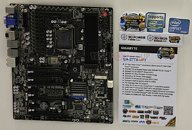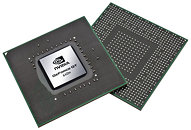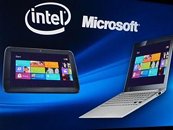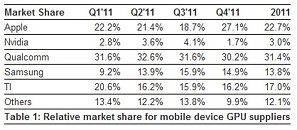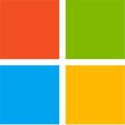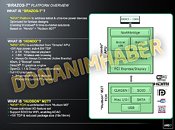Qualcomm Atheros Demonstrates Portfolio of 802.11ac Solutions for Mobile Computing
Qualcomm Atheros Inc., the networking and connectivity subsidiary of Qualcomm Incorporated, today at COMPUTEX TAIPEI demonstrated the industry's first solutions that integrate 802.11ac Wi-Fi and Bluetooth 4.0 connectivity for tablets and notebook computers. Qualcomm Atheros' 1-, 2- and 3-stream solutions are part of the company's end-to-end 802.11ac ecosystem, which is driving Gigabit-class wireless connectivity in mobile, computing, consumer electronics and networking products.
As consumers use tablets and notebooks to create, download and stream media files over wireless networks, Qualcomm Atheros' 802.11ac solutions are designed to deliver connectivity with the speed and reliability essential to today's mobile computing environments. Qualcomm Atheros' 802.11ac offers more than three times the Wi-Fi performance of 802.11n per stream and is capable of delivering up to 1.3 Gbps PHY rates with the company's 3-stream solutions. The new solutions also feature Bluetooth 4.0 with low-power mode for connecting mobile computers to wireless keyboards, headsets, speakers, printers and other peripherals while also conserving battery power.
As consumers use tablets and notebooks to create, download and stream media files over wireless networks, Qualcomm Atheros' 802.11ac solutions are designed to deliver connectivity with the speed and reliability essential to today's mobile computing environments. Qualcomm Atheros' 802.11ac offers more than three times the Wi-Fi performance of 802.11n per stream and is capable of delivering up to 1.3 Gbps PHY rates with the company's 3-stream solutions. The new solutions also feature Bluetooth 4.0 with low-power mode for connecting mobile computers to wireless keyboards, headsets, speakers, printers and other peripherals while also conserving battery power.

